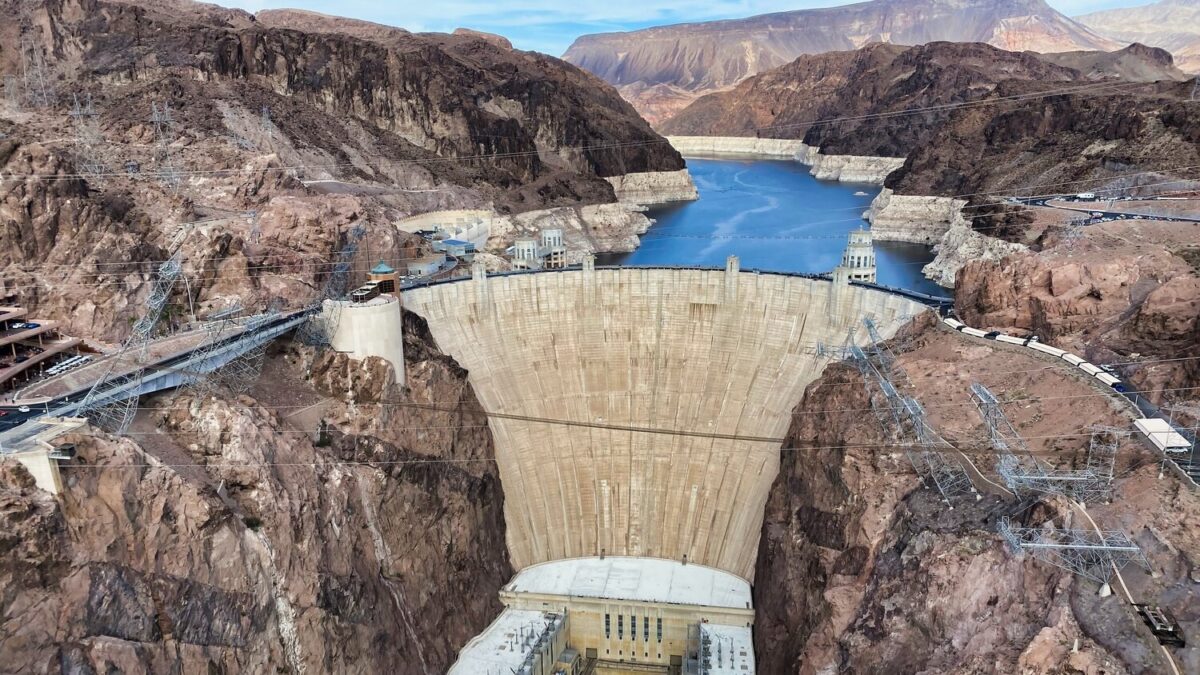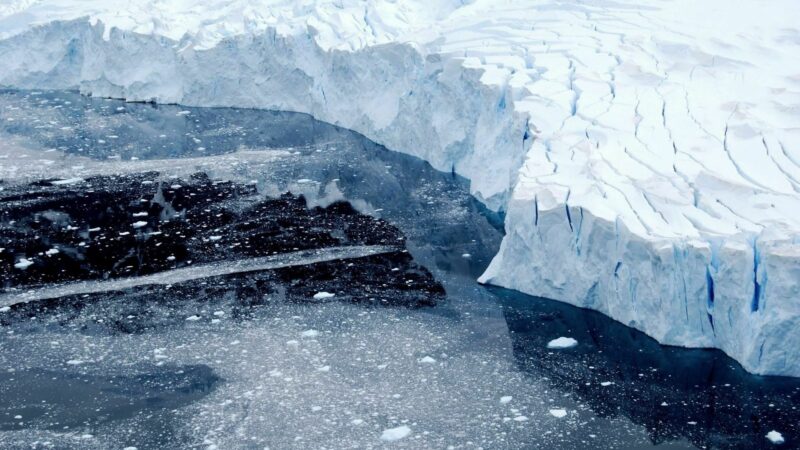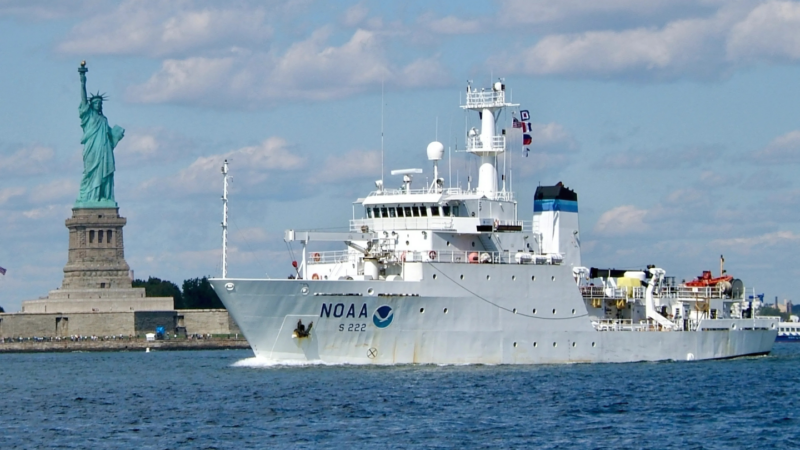
As the Colorado River shrinks, states fail to tap one of their most promising and accessible water sources
New UCLA–NRDC report reveals basin-wide gaps in wastewater reuse despite worsening water shortages
States across the Colorado River Basin are squandering a critical opportunity to ease the region’s historic water crisis, according to a new report by UCLA and the Natural Resources Defense Council.
The sweeping analysis reveals that just 26% of treated municipal wastewater is reused across the seven states that depend on the overdrawn river, which supplies water to more than 40 million people. While Arizona and Nevada recycle more than half of their wastewater, the others — California, Colorado, Utah, New Mexico and Wyoming — lag far behind, with several recycling less than 4%.
“We’re facing a hotter, drier future, and we need to pursue water recycling aggressively if we’re going to ensure a sustainable, resilient water supply for the Colorado Basin,” said author Noah Garrison, a water researcher at UCLA’s Institute of the Environment and Sustainability. “Even recycling 40% of our wastewater could make a dramatic difference, and we have two states already above 50%, showing this is an entirely feasible solution.”
The researchers analyzed 2022 data from publicly owned treatment works (POTWs) processing more than 1 million gallons per day across the seven basin states. They found significant disparities: Nevada reused 85% of its treated wastewater, followed by Arizona at 52%. California — the region’s largest wastewater producer — recycled only 22%, despite setting ambitious recycled water goals in 2009 and having the strongest water reuse regulations in the nation. New Mexico reused 18%, Colorado 3.6%, Wyoming 3.3% and Utah trailed significantly with less than 1%.
The four states in the upper basin collectively recycled under 5% of assessed wastewater. “This is a striking divide,” said author Mark Gold, director of Water Scarcity Solutions at the Natural Resources Defense Council and a UCLA adjunct professor. “The river is over-allocated by up to 4 million acre-feet a year, and state reductions can be less difficult with expanded water recycling offsetting river demands. But this can’t happen without major federal and state investments.”
A “data desert” in the middle of a crisis
Despite the urgency, the researchers encountered what they call a “data desert” — a lack of basic tracking on wastewater reuse. “It’s almost shocking how little information is available on how much water is being recycled or what recycled water is being used for,” Garrison said. “There is a tremendous opportunity to expand recycled water use, but the lack of adequate data is a significant barrier for increasing wastewater reuse.”
Researchers had to call treatment plants one by one across several states to get answers, underscoring the absence of consistent reporting systems and a broader breakdown in oversight.
The report points to a confluence of systemic issues — prolonged drought, climate change, overuse and outdated infrastructure — as the backdrop for the crisis. Yet, it also highlights a glaring lack of national coordination and fragmented state policies as major barriers.
No federal standards for wastewater reuse currently exist, and only a handful of states systematically track where treated water goes and how much of it is reused. California maintains a comprehensive open-data portal, but in states like New Mexico, data was only obtainable through direct contact with facility operators — if at all.
“Management of Colorado River water supplies has been proven unsustainable for decades due to climate change and a federal government unwilling to make all states live with less water from the river,” said Gold.
Researchers propose federal and state action to close gaps in reuse
The study puts forward concrete policy recommendations for both the federal government and basin states. The authors call on the U.S. Environmental Protection Agency to develop model state reuse ordinances, work with states to set reuse targets and create standardized reporting protocols for wastewater treatment facilities to improve data transparency. They also urge the expansion of funding mechanisms, including the Bureau of Reclamation’s Alternative Water Source grants.
According to the report, if basin states raised reuse rates to just 40%, a target already exceeded by two of the basin states, they could gain nearly 900,000 acre-feet of new water annually — enough to supply nearly 2 million homes. At 50%, that figure climbs to 1.3 million acre-feet per year.
Several cities and local agencies — including Phoenix, Tucson, Las Vegas and sanitation districts in Orange and Los Angeles counties — have emerged as national leaders in water recycling, offering models for scaling wastewater reuse more broadly.
“Water reuse won’t solve the Colorado River crisis alone,” said Garrison. “But it’s one of the few solutions available today that can be rapidly scaled and sustained over the long-term.”
The report’s findings come at a pivotal moment. The U.S. Bureau of Reclamation is currently negotiating new Colorado River operating guidelines for the post-2026 era. Without permanent, coordinated efforts to reduce demand — including aggressive investment in wastewater recycling — the basin’s future remains deeply uncertain.
“Even with what we’ve been able to show in the report, our understanding of what recycled water is being used for is still really lacking,” Garrison said. “The fact that most of the states have little idea what’s happening is just inexcusable. There are such great opportunities here, and we need to be investing more money and resources toward securing a stable water supply for the future.”
The report, Can Water Reuse Save the Colorado?, is available online here.
Published:



